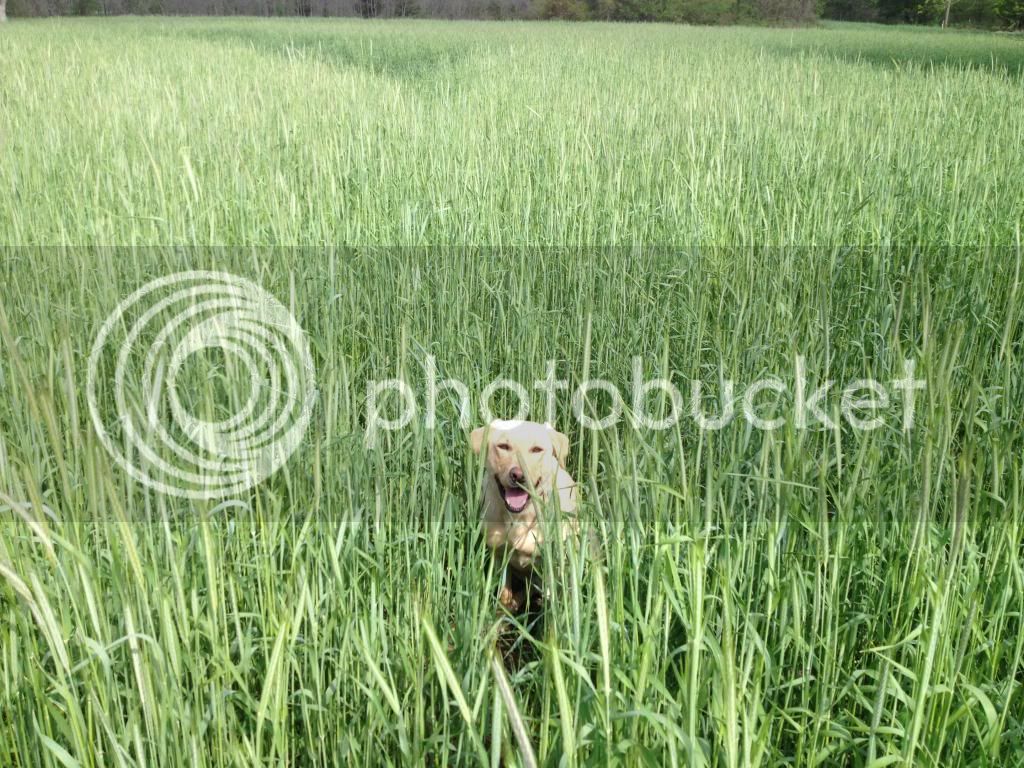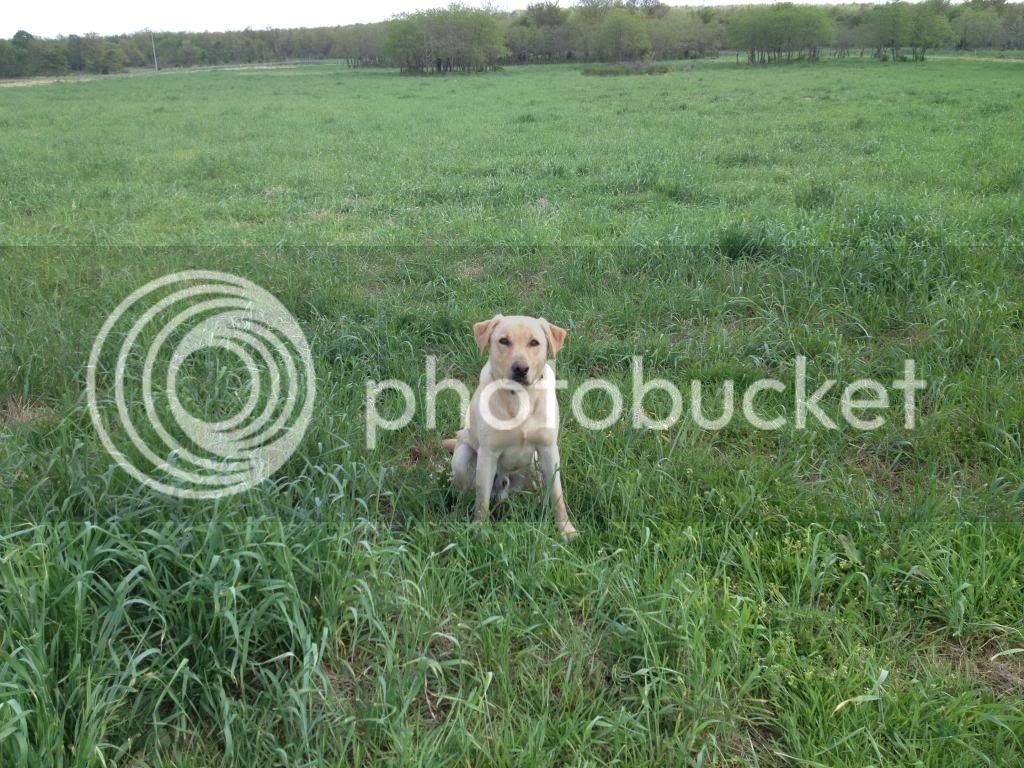Doug Galloway
5 year old buck +
The hows, whats, whens and for how longs of grazing.....determine how the cow can be used. The only piece of the puzzle left is to know beforehand....WHY you are doing What you are doing?....spend more time thinking than actually doing.
Both of these pics taken at the same time are winter food plots...NT drilled in Oct. They are essentially the Knox rye mix....the oat and brassica portion is long gone.
Let us see how to use the cow as a management tool! Cow impact on succession can be used in native range or tame pastures....not just plots.
The 'traditional food plot' is simply a spring and fall planting of either a cool season annual mix or a warm season annual mix....~10 different seeds in each mix. The plot wasn't grazed after planting....plenty of legumes underneath. Why? by not grazing small grains after March 1, tillering proceeds at a normal pace and the grass plants will mature sooner...this allows earlier planting of the warm season mix with few weeds.

The 'pasture food plot' is simply the Knox rye mix drilled into existing pasture....triticale was substituted for 2/3rds of the rye. This plot has been rotationally grazed by cows about 3 times since planting....the clovers and peas can all be found and the overall plant community is more diverse (more cool season native broadleafs)...regrowth in the pic is 21 days of rest from grazing. Why? timely grazing which keeps grasses from becoming overly mature (dominant) increases broadleaf plant diversity and extends the timeframe when small grain forage remains lush.

Do you really think long and hard about WHY you do WHAT you do?....we could write a book about why we do what we do! ;)
+
Both of these pics taken at the same time are winter food plots...NT drilled in Oct. They are essentially the Knox rye mix....the oat and brassica portion is long gone.
Let us see how to use the cow as a management tool! Cow impact on succession can be used in native range or tame pastures....not just plots.
The 'traditional food plot' is simply a spring and fall planting of either a cool season annual mix or a warm season annual mix....~10 different seeds in each mix. The plot wasn't grazed after planting....plenty of legumes underneath. Why? by not grazing small grains after March 1, tillering proceeds at a normal pace and the grass plants will mature sooner...this allows earlier planting of the warm season mix with few weeds.

The 'pasture food plot' is simply the Knox rye mix drilled into existing pasture....triticale was substituted for 2/3rds of the rye. This plot has been rotationally grazed by cows about 3 times since planting....the clovers and peas can all be found and the overall plant community is more diverse (more cool season native broadleafs)...regrowth in the pic is 21 days of rest from grazing. Why? timely grazing which keeps grasses from becoming overly mature (dominant) increases broadleaf plant diversity and extends the timeframe when small grain forage remains lush.

Do you really think long and hard about WHY you do WHAT you do?....we could write a book about why we do what we do! ;)
+
